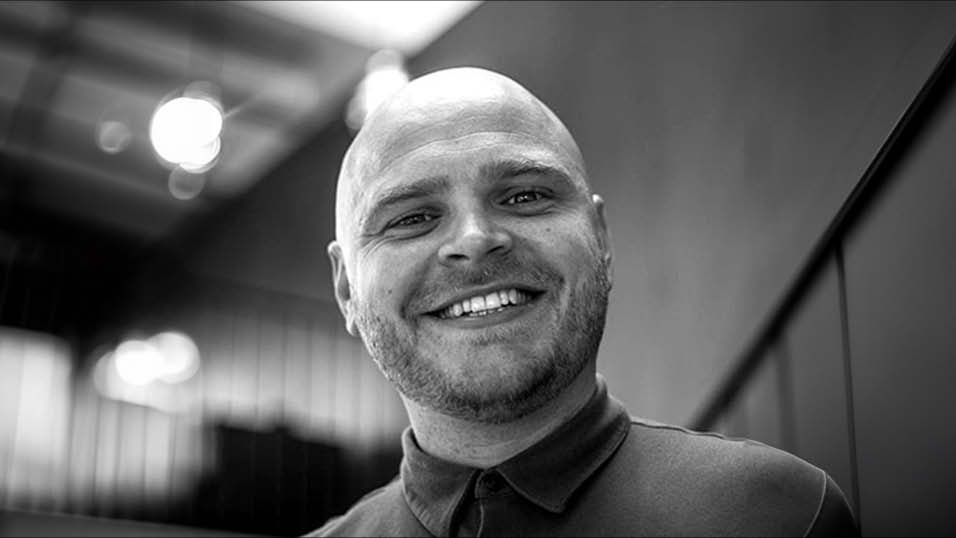Axis Studios delivered 250 photoreal shots as the primary vendor on Sony Pictures’ comedy-drama A Man Called Otto, starring Tom Hanks and directed by Marc Forster.
A Man Called Otto, which is based on the 2012 novel A Man Called Ove by Fredrik Backman, tells the story of Otto, his battle with depression and the redemptive relationship he develops with his neighbours. Sony Pictures engaged Axis Studios to deliver a range of invisible visual effects – including a train station sequence, a CG housing estate, and consistent weather effects “that enhanced the film’s drama without distracting viewers from the story.”
Nick Drew, Executive Producer at Axis, says, “Being asked to contribute as the main vendor was a huge privilege for us, especially on such a high-profile project. We’re proud of the scope and look of the visual effects we delivered for such a great film.”
Simon Carr, Creative Supervisor at Axis, says, “It was a pleasure to work on A Man Called Otto as my introduction to the team at Axis Studios and to work with Janelle Crowshaw (VFX Supervisor) and Leo Bovell (On-set VFX Supervisor) on a great, heart-warming movie.”
Building narrative with invisible VFX
Axis Studios was approached to work as the lead vendor on A Man Called Otto, as the team had previously worked with the film’s producer, Fredrik Wikström, on the 2020 film Horizon Line and proven its expertise in high-end, photoreal visual effects.
A Man Called Otto also required a variety of invisible VFX to immerse its audience in the story and emphasise the drama, such as in one pivotal scene in which Tom Hank’s titular Otto steps down from a railway platform into the path of an oncoming train. The sequence was filmed on a small section of a set constructed on a street location in Pittsburg. Axis Studios turned this set into a raised railway station with snowy tracks receding into the horizon and added CG trains rushing past on busy tracks. The team worked in pre-production to plan this sequence in detail and used technical pre-vis based on the film’s script and storyboards to determine how far a train would travel at a given speed and how that would play in shots given the distance of the trains from Otto. By determining the timings in pre-vis, Axis imbued the scene with a sense of danger and narrative tension while maintaining a high degree of physical realism.
Axis Studios was also responsible for creating the fully CG Birchwood Estate, the estate which is encroaching on the neighbourhood in which Otto lives, witnessed in many shots throughout the film. The Birchwood Estate was based on an actual location which was scanned, rebuilt as a CG environment and reworked to fit in at the end of Otto’s street. The estate was made to feel monotonous and uniform, thus communicating the claustrophobic sense of the world closing in around Otto. Axis Studios also modelled and textured a series of houses for use in blocks of three to five, which were laid out on land slightly higher than Otto’s neighbourhood to add to the sense of overbearing pressure.
During production, lighting often varied enormously during shoot days, with scenes ranging from bright sun to heavily overcast or even snowing weather. The Axis Studios team attended to this by creating photoreal snow and weather effects that ensured continuity across the shoot – for example, by dressing environments, evening up weather cover, adding snow to the ground or flurries of snow in the air, and adding to the on-set special effects snow to help with continuity in camera. The snow also helped to emphasise the bleak nature of Otto’s surroundings.
Axis Studios also created various supporting effects across A Man Called Otto, including digital matte paintings to extend and enhance wide shots of the neighbourhood and train station and a small fleet of CG cars to add to various shots. Axis Studios’ primary vehicle asset was a CG Chevrolet SUV which Otto buys toward the end of the film. The brand-new car model was not yet in production at the time of the shoot, and only a prototype was available as reference. A similar stand-in model was used for on-set interaction with the actors, which Axis Studios replaced for the final shots. As with all work on A Man Called Otto, Axis Studios’ goal was complete photoreal invisibility, with audiences unable to tell they’re looking at a CG asset.
Jon Creamer
Share this story





















